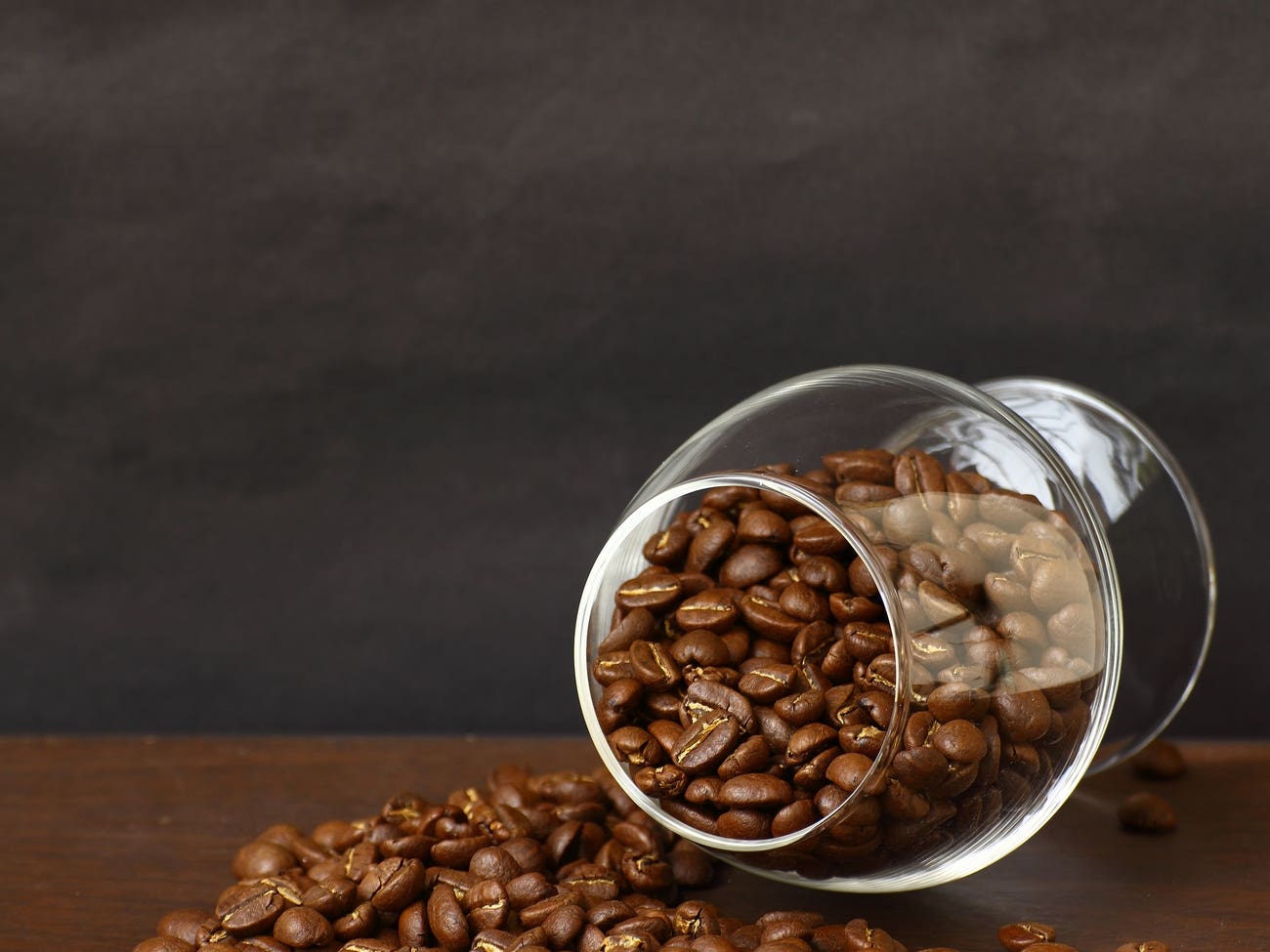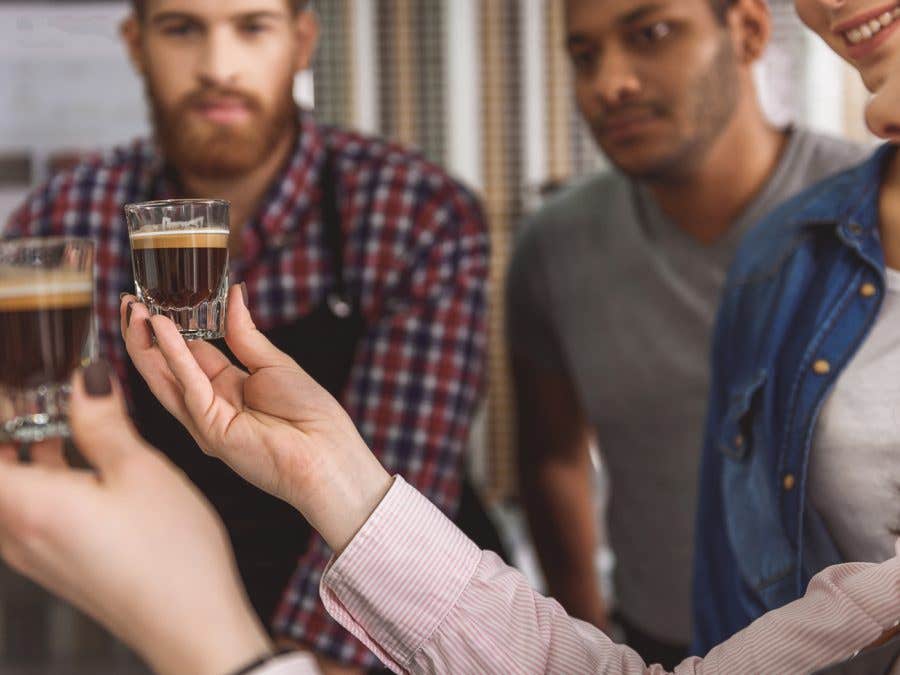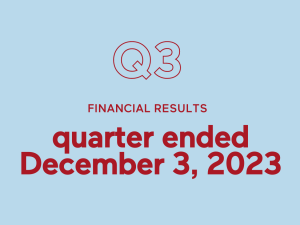Coffee as we know it is more than just the warm caffeinated beverage we enjoy every morning. Coffee seeds—more commonly known as beans—are the fruit of the coffee plant, which, like wine varietals and vines themselves, are significantly affected by the conditions in which they grow. Soil quality, sun exposure, rain, heat, altitude, coffee plant variety: all these factors, among still others, strongly affect its taste and aroma.
A mere fifteen years ago, precious few of these nuances were transferred to our cups—at least not in any way that was discernable or distinct. Individual green coffee buyers for large coffee production companies knew the differences between beans from Ethiopia, Colombia, Brazil or Kenya, but consumers were still largely in the dark, focusing instead on roasting styles (darker or lighter roasts), and rarely considering country of origin as a critical factor in their morning ritual.


Nuance and qualities
The ‘third wave of coffee” trend has utterly transformed our conception of coffee. In order to savour and experience the uniqueness of beans from a specific region, plantation, or even field, many suggest coffee tasting modeled on the careful and focused way we taste wine. This new interest in product origins is similar to the trend underway in wines: exceptional soil or growing areas for coffee have become like a Burgundy grand cru, or a Barolo—defined, typical characteristics and flavours are appreciated and associated with a certain region. Ethiopia is renown for its intense, fruity and floral beans, while Brazil’s offerings are more understated and subtle. Central American beans are known for their cocoa and spice notes, Kenya has a characteristic acidity, and Indonesian beans feature warm, exotic flavours. Bagged coffee nowadays also has tasting notes that mention such diverse flavours as strawberry, cocoa, ginger, mushrooms, or even lemon.
Just like wine experts who thrill to discover cuvees from Lebanon, Uruguay, or unknown regions of Spain or Italy, coffee lovers light up when they discover a coffee from Laos, from a mythic Panama plantation, or a ‘natural’ coffee—beans dried within the husk, rather than separated from it as per the usual process. Above and beyond the overall hunt for bean quality and personality, regions are now seeking to highlight their own distinct characteristics. “What I love is being able to taste something unexpected in my coffee cup—just like I love a similar find in my wine glass,” explains Myriade Montreal owner Anthony Benda. “Luckily it’s happening more and more, because producers and growers are improving their quality. I used to not really be keen on coffees from Nicaragua—I found them to be woody and lacking in dimension—but recently I tasted one that was great and that I’d love to serve in my cafés. Getting quality coffee with nuance and character has really improved in the past few years!” Benda enthuses.
Those sought-after nuances are present in coffee “vintages”, notes Quebec City’s Nektar Caféologue co-owner Vincent Hamel. “We’ve been open for nine years and there have been certain plantations that we’ve always had in our store. Within those producers, we’ve noticed good years and moderate years, and the fact that a bean’s taste changes from season to season.” That said, unlike wine, coffee bean vintages should be enjoyed right away—quality beans hit our shelves a few short months after harvest, so take advantage of their freshness!
It's how you brew
Another significant difference between coffee and wine is in the serving. With wine, you simply wait for the right temperature, open the bottle, pour, and enjoy. And for coffee? Grind, water temperature and quality, use of filter or filter-less, coffee machine model, use of milk (and what kind), all play a part in the end result in your cup. Three different people with the exact same ground coffee and machine will more than likely make three different coffees since each one has their own finesse.
“Coffee tasting parameters are also very different: crema, texture, bitterness, and so on,” adds Élyse Lambert, a Nespresso coffee sommelier for the past three years. Already a globally-recognized wine sommelier, Lambert is quickly becoming the go-to expert in coffee tasting.
The last drop...
Though their growing and varieties may be quite different, wine and coffee are indeed two things to be savoured and appreciated, though the end product in your coffee cup has likely undergone a few more changes before getting to your lips!
 Free in-store delivery with purchases of $75+ in an estimated 3 to 5 business days.
Free in-store delivery with purchases of $75+ in an estimated 3 to 5 business days.










